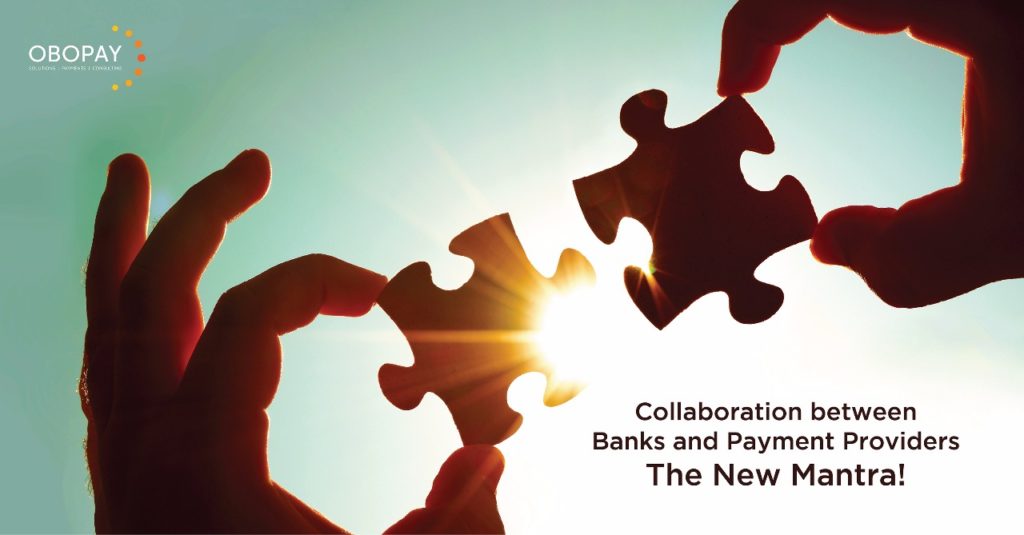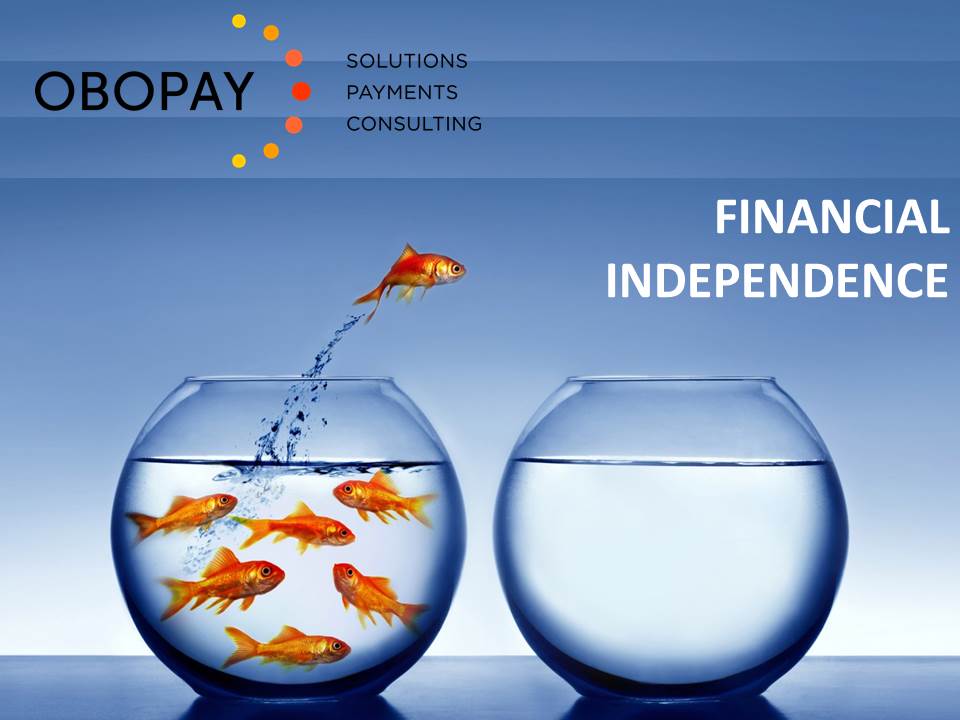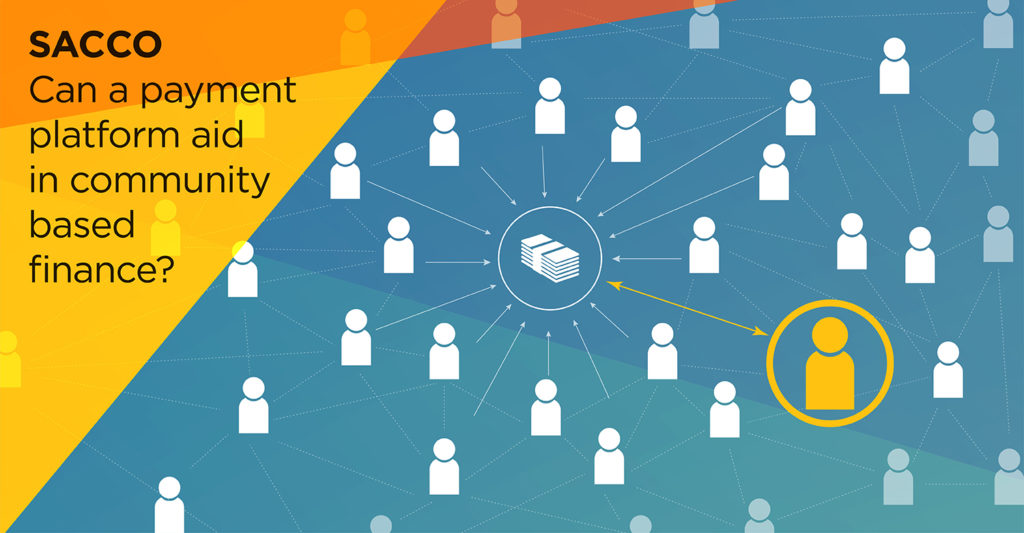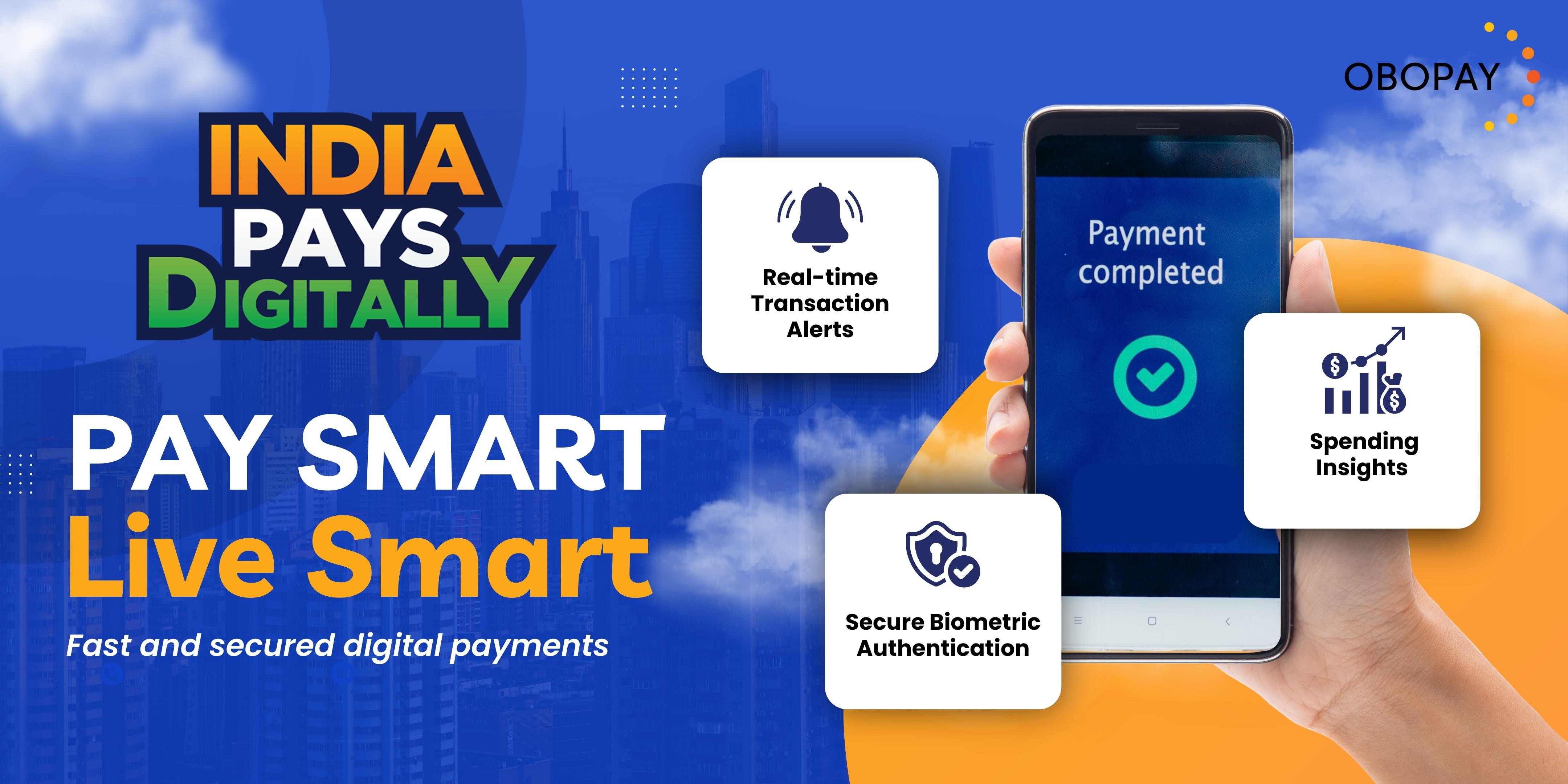Payment disruptors, Tech giants taking on traditional banks
_____________________________________________________________________________________
Traditional banks have long held the bastion in providing payment services and were the sole payment solutions available to customers through internet and mobile banking applications. However, today there are a number of third party developers who have made inroads into this space through their digital wallet offerings.
Digital wallets outscore mobile banking on popularity, offering better user experience, thanks to faster P2P money transfers and bill payments; apart from possessing an engaging user interface. Joining the long list of payment service providers are the tech giants – Google, Apple, Amazon, Facebook and Microsoft who have entered the payments space and are challenging banks at their own expertise
FinTech firms have been quick to disrupt the banks’ stronghold in the payment services space but have not been able to displace banks; due to differential value propositions and strengths of a traditional bank.
Although they have been agile enough to lead the way, banks have responded quickly to such changes, thanks to deeper pockets and consumer trust, which gives them an edge over fintech firms. The Tech giants on the other hand – Google, Facebook and Amazon have the financial might to take on banks.
There are three key areas where they have an advantage over banks; Cloud computing, artificial intelligence and big data analytics. All of them possess copious amounts of data on consumers with regards to their choices, likes and dislikes, preferences, shopping habits, etc. and are looking to take advantage of this data, and that is where payment technologies come in.
- Amazon:
Amazon has its own cloud offering through its subsidiary, Amazon Web Services, that provides on-demand cloud computing platforms to financial corporations, besides other businesses. Amazon has also introduced Amazon Pay, a payment service that allows merchants to add Amazon’s payment option to their websites, using API driven integration. From a customer’s point of view, it allows an Amazon customer to use his Amazon account and payment information to pay for purchases on third party websites. The user pays no fee for the service, instead saves a lot of time and hassle by not having to enter his billing information on every website. Amazon has a user base of 33mn customers that it is leveraging to drive Amazon Pay.
- Apple:
Apple on the other hand has launched Apple Pay, a mobile payment service and digital wallet that allows Apple users to make payments at POS terminals using NFC integration (Near field communications) on their iPhone and Apple Watch. Apple pay can be used on existing contactless terminals and does not require Apple-pay specific payment terminals. This is not at present a direct threat to banks as it uses an Apple user’s current banking cards to make payments using Apple Pay. Nonetheless, Apple Pay is building on its initial success through more tie ups with merchants and is getting ever popular by the day, thanks to its extremely secure authentication system that uses face and touch recognition for authentication, besides using ‘tokenization’ – a system that prevents actual credit card numbers from being relayed online. In use in 16% of devices worldwide, Apple Pay has seen fast adoption and is now available in 15 countries around the world. It boasts an adoption rate of 35% in the US. A P2P money transfer is also possible with iOS 11 onwards, known as Apple Pay Cash, that allows users to remit money to other users from within the messaging service itself, which is then stored in the Apple Cash Card and can be used to pay for services on the Apple App Store or can be deposited to the user’s bank.
- Microsoft:
Microsoft, like Amazon, has its own cloud computing offering, known as Microsoft Azure that provides a safe, secure and scalable cloud computing environment for firms to build on. Used even by those in the financial space, the platform offers agility and quick transaction speed and data processing. Microsoft also has its own digital payment service, called Microsoft Pay (previously Microsoft Wallet). Like Apple Pay, it works on existing contactless terminals as well but the use of it is limited to select Microsoft windows-based Lumia devices.
- Google:
Google too came out with its own mobile wallet, called Google Wallet. Google also launched Android Pay for Android users using NFC technology to make payments on contactless terminals with secure user authentication. In January 2018, Google Wallet merged with Android Pay to form Google Pay, which is currently available across 17 countries. Google has also launched a UPI based payment app in India known as Google Tez.
- Facebook:
Facebook rolled out P2P payments using its messenger app in conjunction with PayPal, thus allowing users to send money to one another using just Facebook’s messenger service, which boasts a user base of 600mn people worldwide. This is adding to Facebook’s revenues by having more and more people sign up with their banking information to avail of the ease of use Facebook offers in money transfers. This is also translating into more acceptance of Facebook’s Marketplace as people who sign up for payments are more likely to transact on Facebook. This in turn gives Facebook more access to data which aids in attracting even more advertisers on their platform.
What does all this mean for banks?
Customers are getting better user experience from FinTechs and large technology players thanks to disruptive and innovative offerings. This is pushing banks to introduce digital innovations and be agile. With their scale, it makes sense for banks to collaborate with Fintechs to become innovative and nimble; and to drive down costs of scaling up existing infrastructure.
Tech companies meanwhile have a huge customer base and their easy to use offerings, together with resources to match established financial corporations.
The ingredients are just about right for dynamic collaboration between FinTechs and banks to complement each other on the basis of their individual and industry strengths.
OBOPAY collaborates and partners with several industries like banks, IT and telecom to enable such joint offerings through its platform.
Established in 2005, OBOPAY is one of the pioneers of the mobile money management and creates customised payment solutions for banks, telecom companies and merchants. With presence in 4 out of the top 5 global mobile money markets, OBOPAY’s integrated platform powers one of the world’s largest and most complex mobile money ecosystems.










About The Author: Obopay
More posts by Obopay